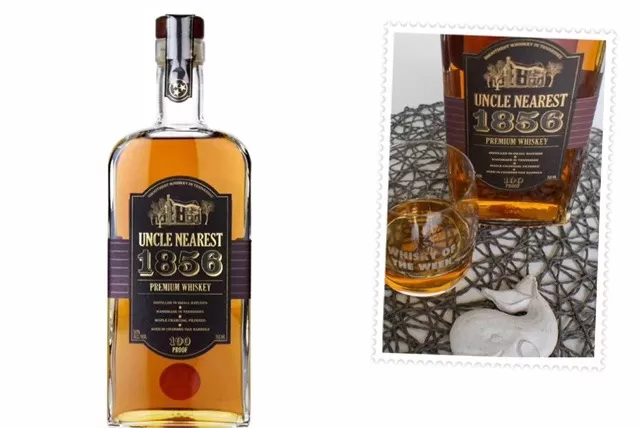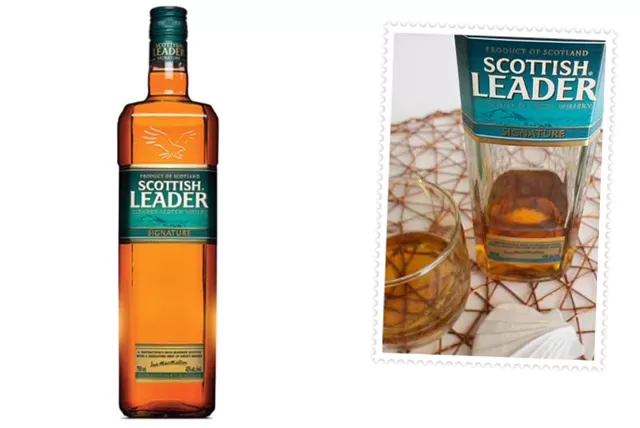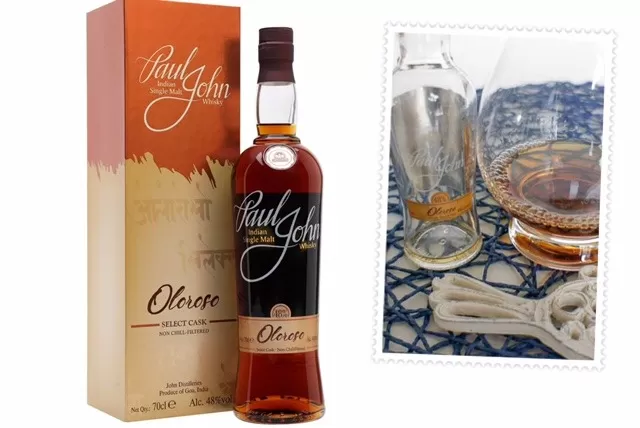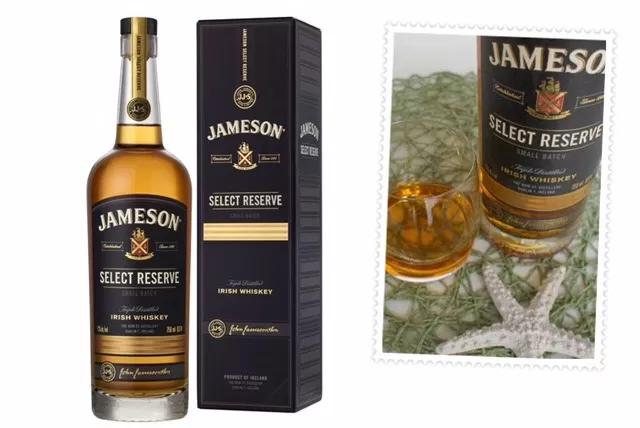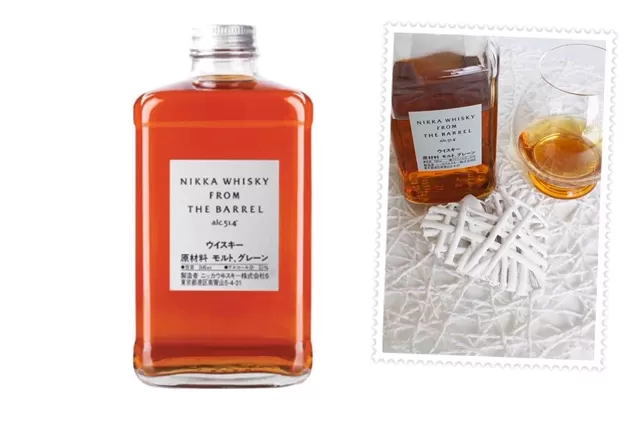Dimple Pinch 15 year old Whisky
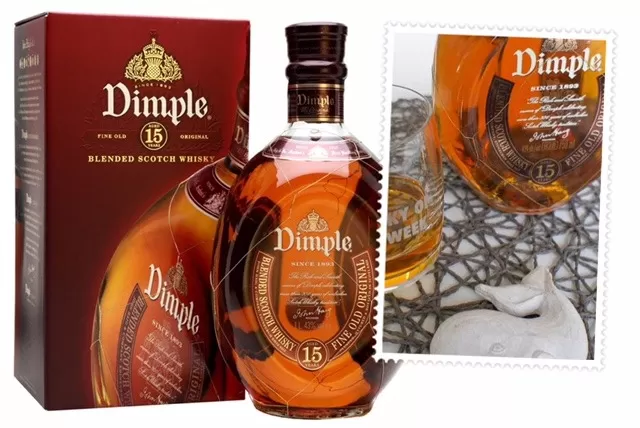
It is no secret that my dad loved whisky, especially blended whiskey. My mom always bought him a Chivas 12 year old whisky for his birthday. But for special celebrations and anniversaries, she purchased his favourite favourite, the Dimple Pinch 15 year old blended Scotch whisky.
